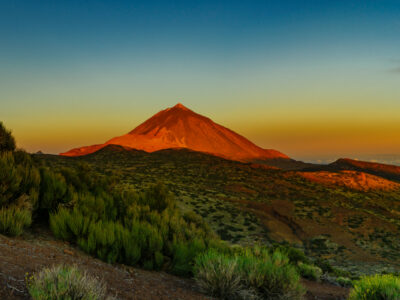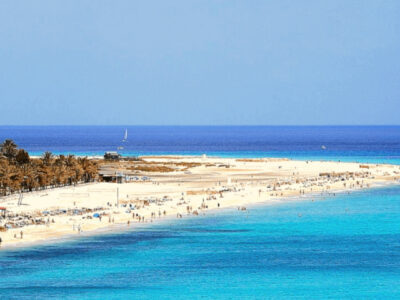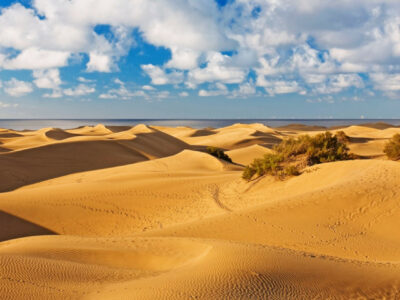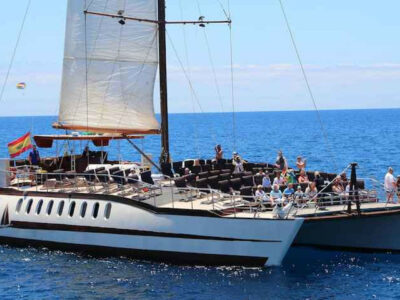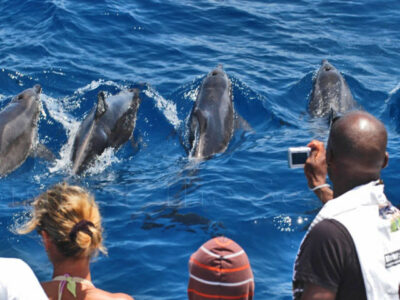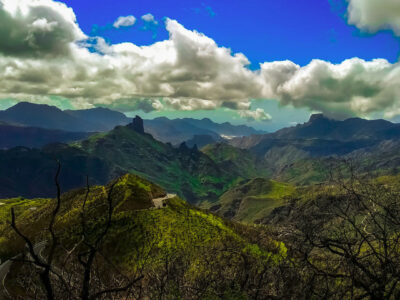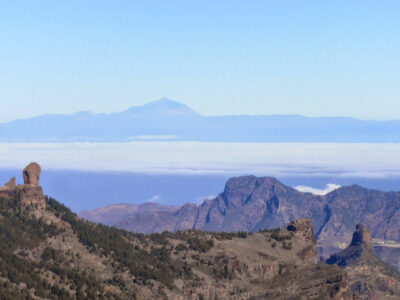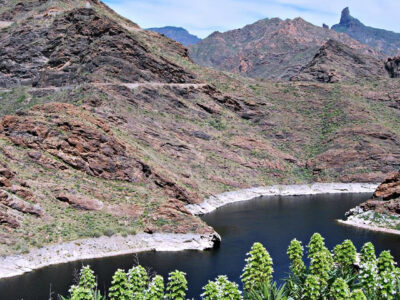Canary Islands
The Canary Islands are the Spanish archipelago and the southernmost autonomous region of Spain, located in the Atlantic Ocean in an area known as Macaronesia, at the nearest point 100 kilometers west of Morocco. The Canary Islands are geographically located on the African tectonic plate, but the archipelago is economically and politically European because it is part of the European Union.
The eight main islands are (from the largest to the smallest) Tenerife, Fuerteventura, Gran Canaria, Lanzarote, La Palma, La Gomera, El Hierro and La Graciosa. The archipelago also includes five smaller islands and islets: Alegranza, Isla de Lobos, Montaña Clara, Roque del Oeste and Roque del Este. It also includes a series of adjacent rocks Salmor, Fasnia, Bonanza, Garachico and Anaga. In ancient times, islands were often referred to as “islands of happiness”. The Canary Islands are the southernmost region of Spain and the largest and most populous archipelago of Macaronesia. Historically, the Canary Islands were considered a bridge between four continents: Africa, North America, South America and Europe.
The archipelago’s beaches, climate and various natural attractions, such as the Dunas Maspalomas National Parks in Gran Canaria and Teide in Tenerife, the third highest volcano in the world measured from the base on the seabed. The islands are the main tourist destination for more than 12 million visitors a year, especially the islands of Tenerife, Gran Canaria, Fuerteventura and Lanzarote. The islands have a subtropical climate with long hot summers and mildly warm winters. There are green areas and a desert on the archipelago. Due to their position above the inversion layer, the high mountains of the islands are ideal for astronomical observations. For this reason, two professional observatories have been built on the islands, the Teide Observatory on Tenerife and the Roque de los Muchachos Observatory on La Palma.

